Complex 1 Mitochondrial Disease
Complex 1 mitochondrial disease. A fifth group Complex V churns out the ATP. NADH dehydrogenase NADH-CoQ reductase deficiency. In mitochondrial diseases the mitochondria dont work correctly resulting in less energy in the cell cell injury and cell death.
The genetics of mitochondrial disease The complex interaction between the two cellular genomes means mitochondrial disease can arise through either i a primary mtDNA defect or ii a defect in a nuclear-encoded mitochondrial protein. This biochemical defect is the same as that produced in animal models of parkinsonism by 1-methyl-4-phenyl-1236-tetrahydropyridine MPTP and adds further support to the proposition that Parkinsons disease may be due to an environmental toxin with actions similar to. Mitochondria are specialized compartments in cells that create more than 90 of the energy needed by the body.
Complex I NADHubiquinone oxidoreductase is the largest multimeric enzyme complex of the mitochondrial respiratory chain which is responsible for electron transport and the generation of a proton gradient across the mitochondrial inner membrane to drive ATP production. This term should only be used to describe children younger than five years of age. A cell filled with defective mitochondria becomes deprived of ATP and can accumulate a backlog of unused fuel molecules and destructive forms of oxygen called free radicals or reactive oxygen species.
Mitochondrial disease is an inherited chronic illness that can be present at birth or develop later in life. Other eye muscles eventually become involved resulting in paralysis of eye movement. Mitochondrial diseases are multisystem disorders that feature defective oxidative phosphorylation and are characterized by enormous clinical biochemical and genetic heterogeneity.
Mitochondrial complex III deficiency is one of several conditions caused by dysfunction of mitochondria which are specialized compartments in cells that generate more than 90 of the energy required by the body. Complex I deficiency is the most frequently encountered single mitochondrial single enzyme deficiency in patients with a mitochondrial disorder. Complex I is found in cell structures called mitochondria which convert the energy from food into a form that cells can use.
These results indicated a specific defect of Complex I activity in the substantia nigra of patients with Parkinsons disease. This chain is known as the Electron Transport Chain. Some mitochondrial diseases are named for the part of the respiratory chain that is affected such as complex I deficiency.
65 linhas Mitochondrial complex I deficiency is a type of mitochondrial disease. Mitochondrial complex I deficiency is a shortage deficiency of a protein complex called complex I or a loss of its function.
Mitochondrial disease refers to a group of disorders caused by genetic mutations that affect the mitochondria the structures in each cell of your body except your red blood cells that are responsible for making energy.
A fifth group Complex V churns out the ATP. Kearns-Sayre Syndrome KSS is a slowly progressive multi-system mitochondrial disease that often begins with drooping of the eyelids ptosis. A form of mitochondrial complex I deficiency the most common biochemical signature of mitochondrial disorders a group of highly heterogeneous conditions characterized by defective oxidative phosphorylation which collectively affects 1 in 5-10000 live births. These results indicated a specific defect of Complex I activity in the substantia nigra of patients with Parkinsons disease. A fifth group Complex V churns out the ATP. 65 linhas Mitochondrial complex I deficiency is a type of mitochondrial disease. This biochemical defect is the same as that produced in animal models of parkinsonism by 1-methyl-4-phenyl-1236-tetrahydropyridine MPTP and adds further support to the proposition that Parkinsons disease may be due to an environmental toxin with actions similar to. Mitochondrial disease MD is recognized as an important cause of a wide range of physiologic changes that affect the perioperative period1-3 Organ systems with high metabolic requirements are uniquely dependent on the energy delivered by mitochondria and therefore logically should have the low-est threshold for displaying symptoms of MD. Mitochondrial complex III deficiency is one of several conditions caused by dysfunction of mitochondria which are specialized compartments in cells that generate more than 90 of the energy required by the body.
Mitochondrial diseases are multisystem disorders that feature defective oxidative phosphorylation and are characterized by enormous clinical biochemical and genetic heterogeneity. In mitochondrial diseases the mitochondria dont work correctly resulting in less energy in the cell cell injury and cell death. This chain is known as the Electron Transport Chain. This term should only be used to describe children younger than five years of age. A cell filled with defective mitochondria becomes deprived of ATP and can accumulate a backlog of unused fuel molecules and destructive forms of oxygen called free radicals or reactive oxygen species. NADH dehydrogenase NADH-CoQ reductase deficiency. This biochemical defect is the same as that produced in animal models of parkinsonism by 1-methyl-4-phenyl-1236-tetrahydropyridine MPTP and adds further support to the proposition that Parkinsons disease may be due to an environmental toxin with actions similar to.
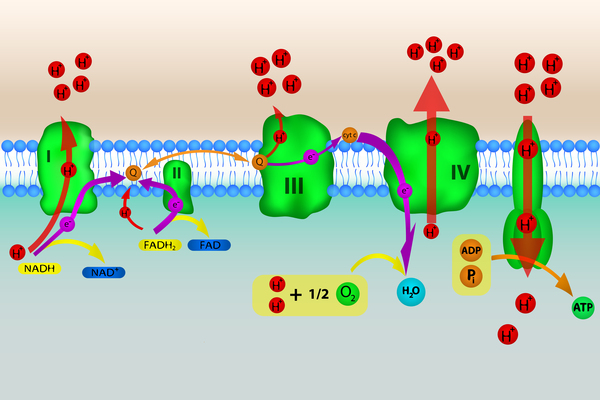




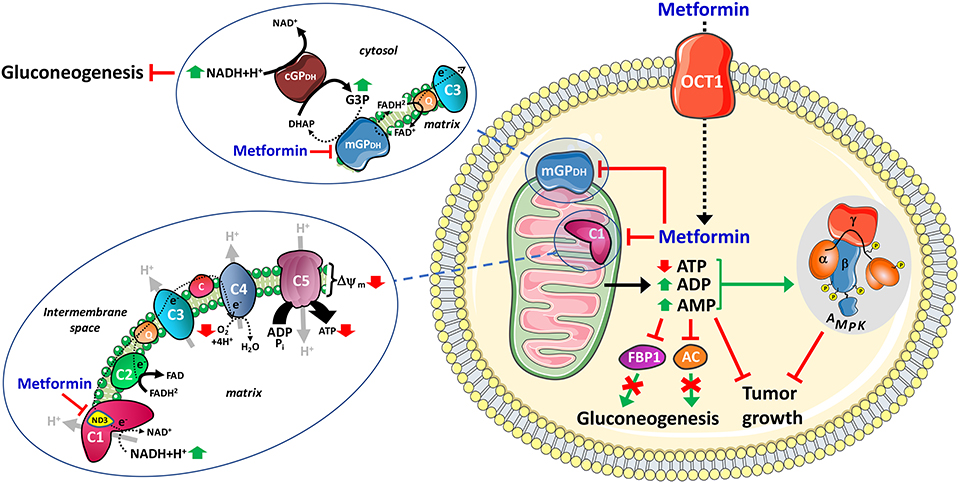




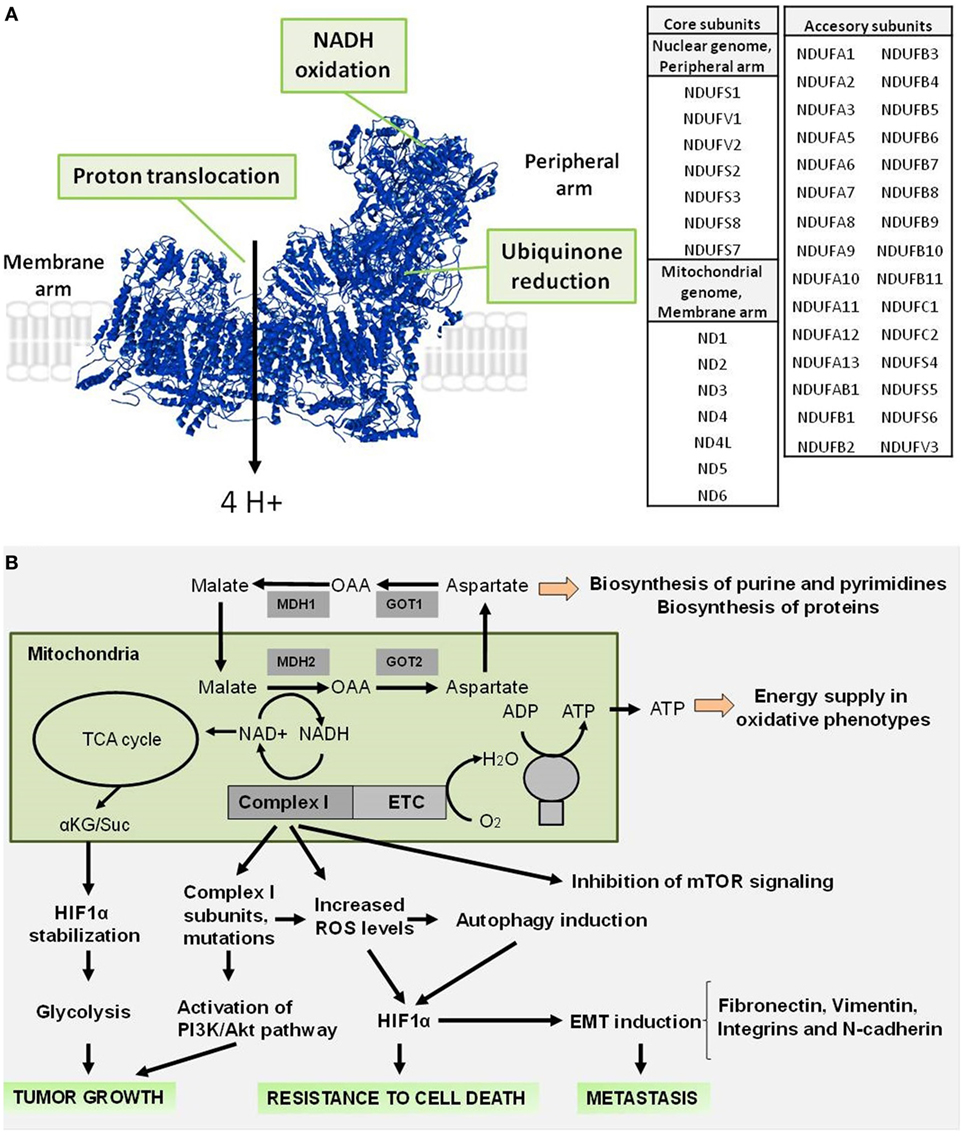






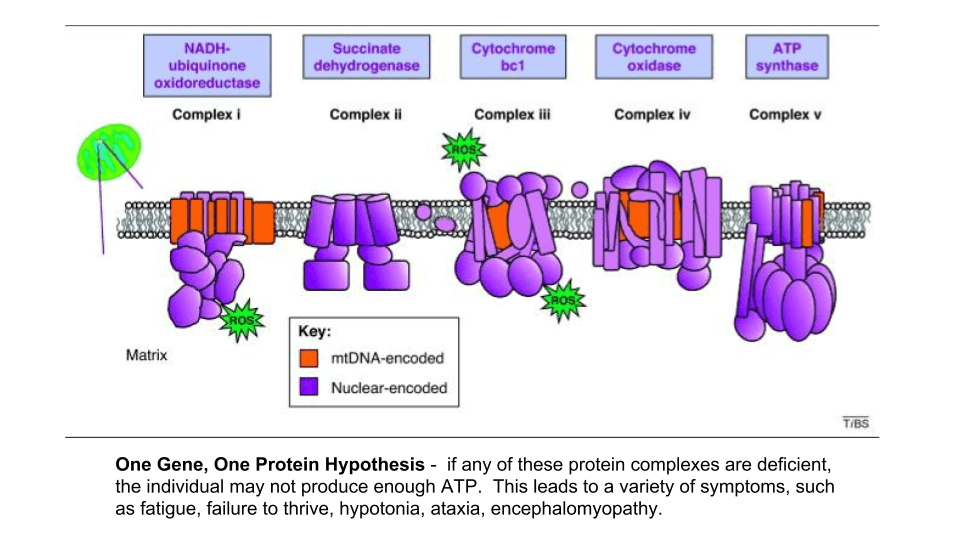

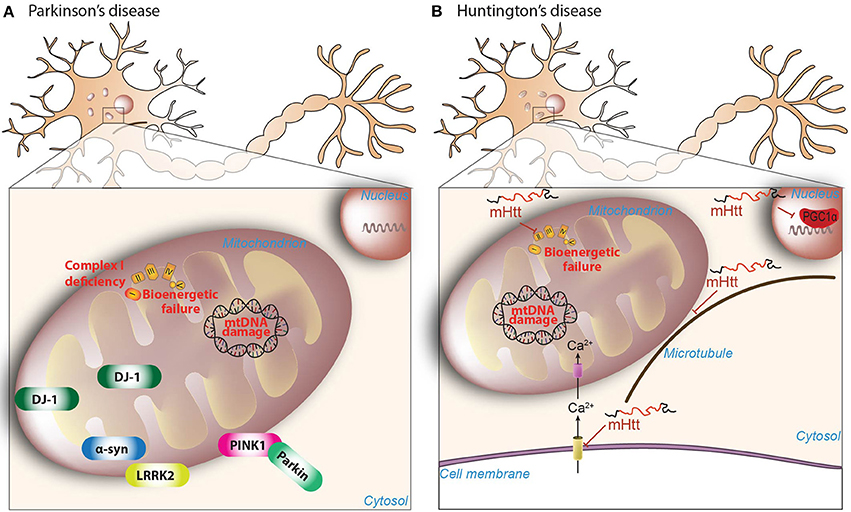











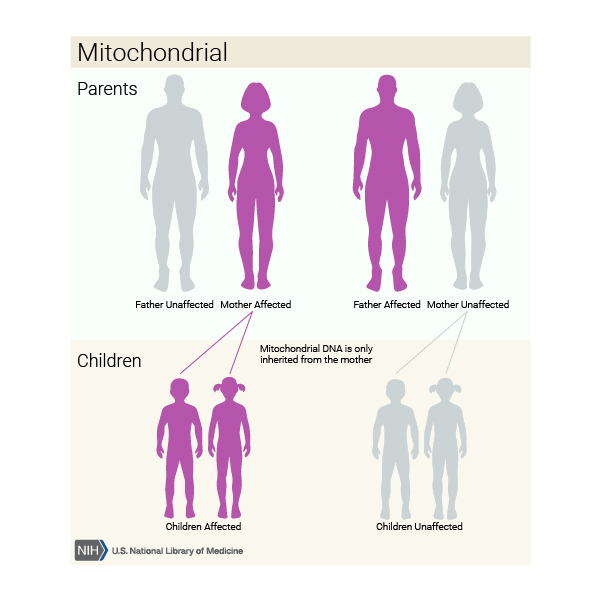



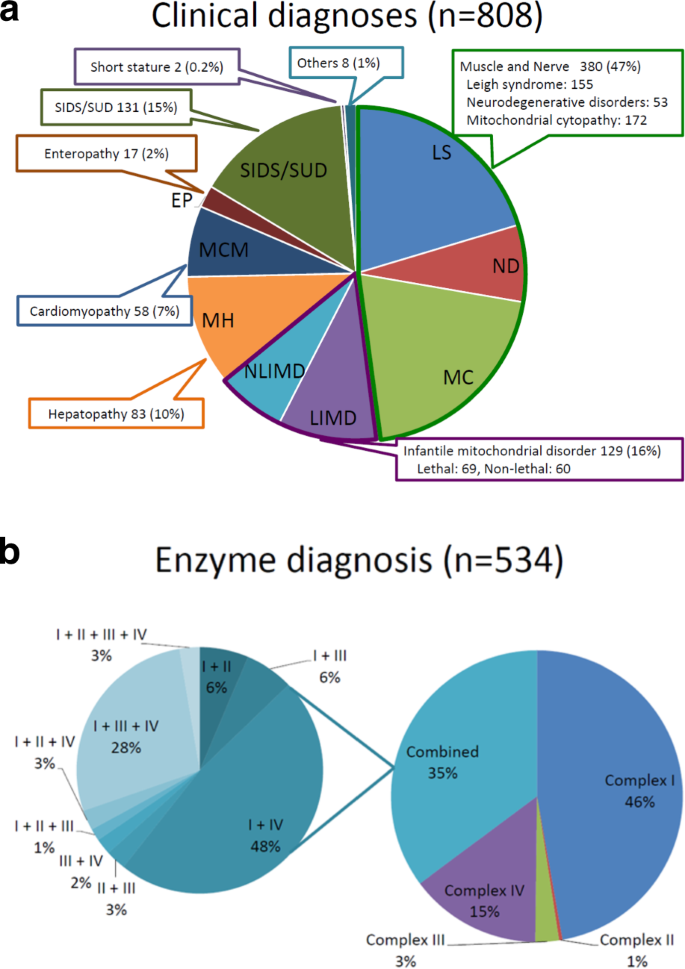




Post a Comment for "Complex 1 Mitochondrial Disease"